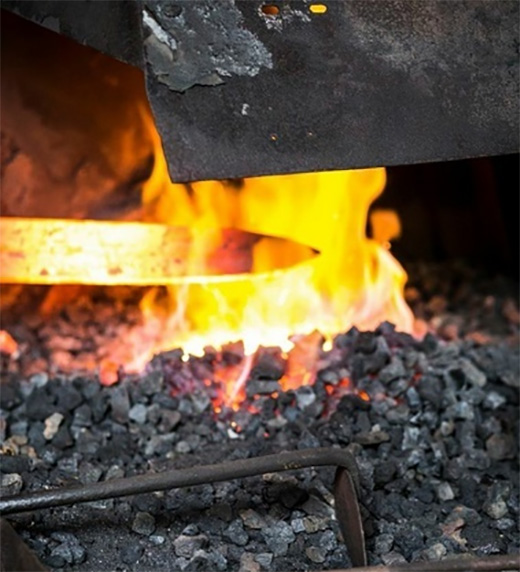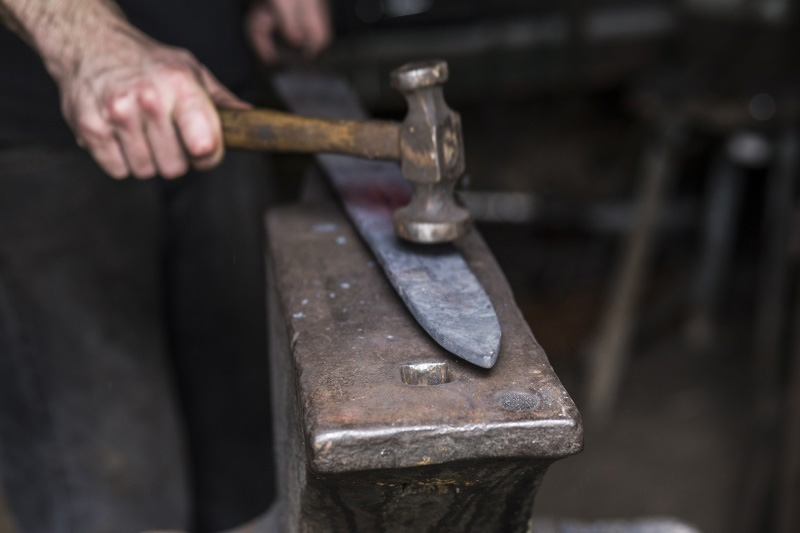Benefits of differential heat treatment of Japanese swords

A distinctive feature of traditional Japanese swords is the use of differential heat treatment. During the feudal period in the area, swordsmiths discovered that applying clay to the spine before quenching the entire blade with water or oil would produce some unique features. Known as differential heat treatment, it cools the spine more slowly than the edges.
1) Remove the voids in the metal
Differential heat treatment helps the swordsman to remove voids in the metal. When the void is formed, it reduces the strength and overall quality of the sword. Before the advent of differential heat treatment, voids were a problem. However, this approach allowed Japanese swordsmen to create high-quality swords with no gaps.
2) Remove impurities in metal
Of course, differential heat treatment can also remove impurities in the metal. All metals contain impurities in the form of other metals, minerals and elements. However, even if the concentration is small, the presence of these impurities will negatively affect the strength and quality of the sword. If impurities accumulate in a certain area of the sword, it is likely to be weaker than the rest of the sword. Sudden impact on this area or external force may cause the sword to break. However, Japanese swordsmiths discovered that differential heat treatment can remove impurities in the metal, allowing them to make better swords.

3) Strong edges and flexible spine
The biggest benefit of differential heat treatment is that it can create swords with strong edges and flexible spine. Power is not the only important characteristic of a sword. If the sword is strong but not flexible, it is likely to break when impacted. This is why Japanese swordsmiths use differential heat treatment to make swords with a strong spine.
4) Evenly distributed carbon
The fourth benefit of differential heat treatment is that it can evenly distribute carbon throughout the blade. Adding carbon to steel can make a stronger sword. However, it is important for swordsmiths to distribute this carbon evenly so that one area of the sword does not become stronger.

5) Create multiple layers
Finally, differential heat treatment allows many layers to be formed by decarburizing the outside of the blade and essentially pressing it into the inside of the blade. Some sources say that traditional Japanese swords such as katana have as many as 65,000 layers. This does not necessarily mean that the swordsman created each of these layers by hand. Instead, these layers are naturally formed through different heat treatments.
Discover the many attractive options available for Katana swords and custom swords.
Want a unique sword? Feel free to contact us:
Phone: 086 13739276006
Email: [email protected]
Website: www.hanbonforge.com
Custom Sword Page: www.hanbonforge.com/CUSTOM-SWORDS/Custom-Your-Own-Swords

Leave a Comment